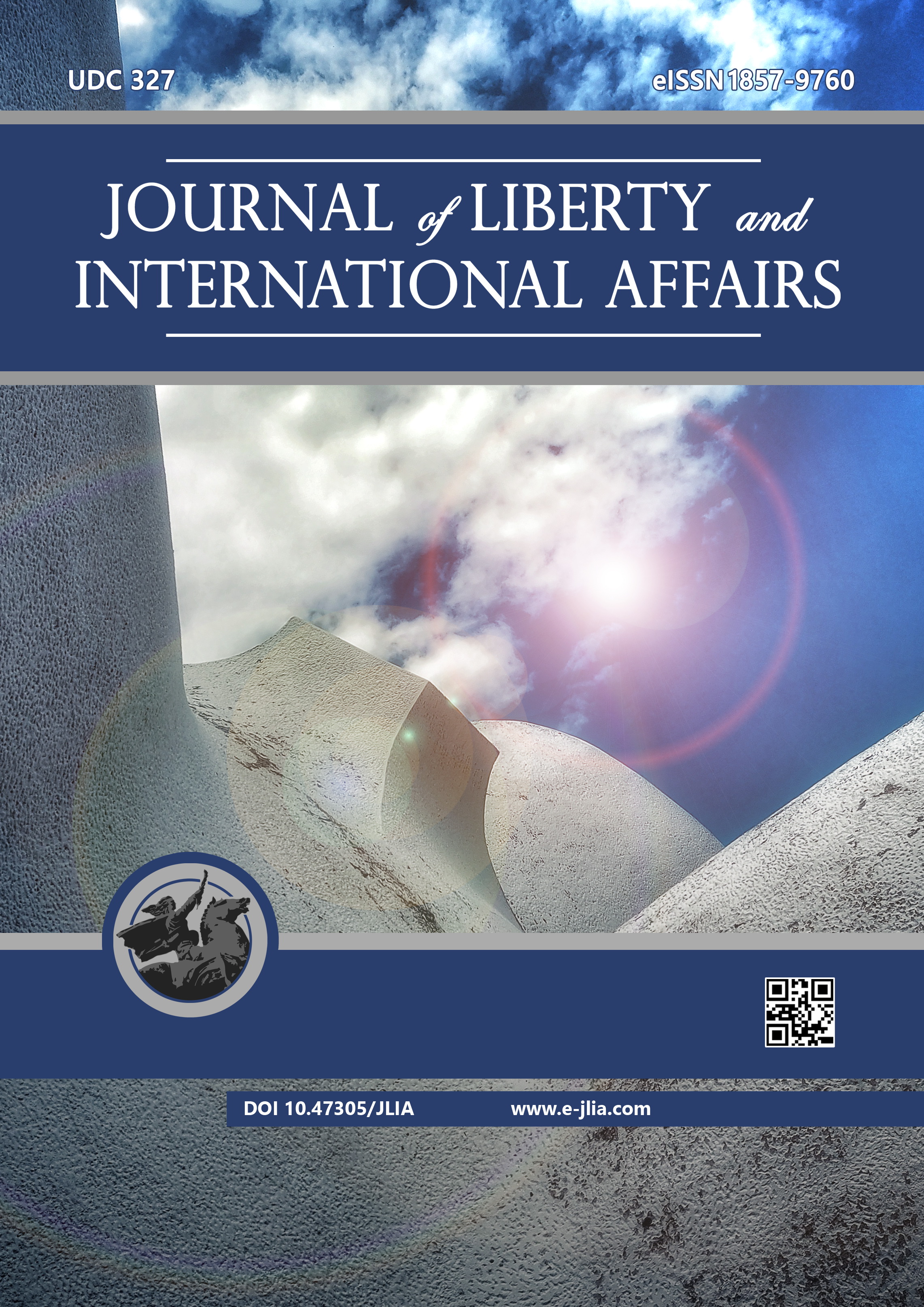INDIA@75: ASSESSING INDIA’S USE OF SOFT POWER AS A FOREIGN POLICY INSTRUMENT
INDIA@75: ASSESSING INDIA’S USE OF SOFT POWER AS A FOREIGN POLICY INSTRUMENT
Author(s): Mohammad ReyazSubject(s): Politics / Political Sciences, Politics, Economy, Law, Constitution, Jurisprudence, Psychology, Media studies, National Economy, Supranational / Global Economy, International Law, Political Theory, Political Sciences, Civil Society, Governance, Public Administration, Public Law, Communication studies, Sociology, Labor relations, Economic policy, Environmental and Energy policy, Government/Political systems, International relations/trade, Security and defense, Military policy, Electoral systems, Welfare systems, Developing nations, Political behavior, Political economy, Political psychology, Politics and law, Politics and communication, Politics and religion, Politics and society, History and theory of political science, Methodology and research technology, Comparative politics, Theory of Communication, Social psychology and group interaction, Organizational Psychology, Behaviorism, Applied Sociology, Social development, Social Theory, Crowd Psychology: Mass phenomena and political interactions, Policy, planning, forecast and speculation, Sociology of Culture, Sociology of the arts, business, education, Welfare services, Inter-Ethnic Relations, EU-Approach / EU-Accession / EU-Development, Sports Studies, Sociology of Politics, Globalization, Socio-Economic Research, EU-Legislation, Geopolitics, Politics of History/Memory, Politics and Identity, Identity of Collectives, Peace and Conflict Studies, Asylum, Refugees, Migration as Policy-fields, Comparative Law
Published by: Institute for Research and European Studies - Bitola
Keywords: Soft Power; Cultural Diplomacy; Public Diplomacy; India; Bollywood; Azadi Ka Mahotsav; Foreign Policy
Summary/Abstract: The term soft power has become a catch-all-phrase for public and cultural diplomacy since Joseph Nye introduced it in 1990. India has had several historical and cultural advantages regarding its influence in foreign countries. While India and Indians enjoyed goodwill in most countries, the sudden interests in India among the policymakers, businesses, and politicians were mainly after the 1992 economic liberalization that had opened the Indian markets to foreign investments. Besides the nation-branding exercises globally, New Delhi employed soft power instruments in countries it deemed to have more significant interests, from traditional allies like Bhutan and Afghanistan to the countries in the West in the last three decades. Nevertheless, how successful has India been in exploiting its cultural linkages and using its soft power in its branding? This question becomes pertinent as, in recent years, India has often received negative press coverage in international media, and on several freedom/democratic indices, its rankings have gone down. As India celebrates 75 years of independence as Azadi ka Mahotsav (a grand celebration of independence), this paper assesses the scope of its soft power as a foreign policy instrument, points out its shortcomings, and recommends the possibilities.
Journal: Journal of Liberty and International Affairs
- Issue Year: 9/2023
- Issue No: 1
- Page Range: 117-129
- Page Count: 13
- Language: English

